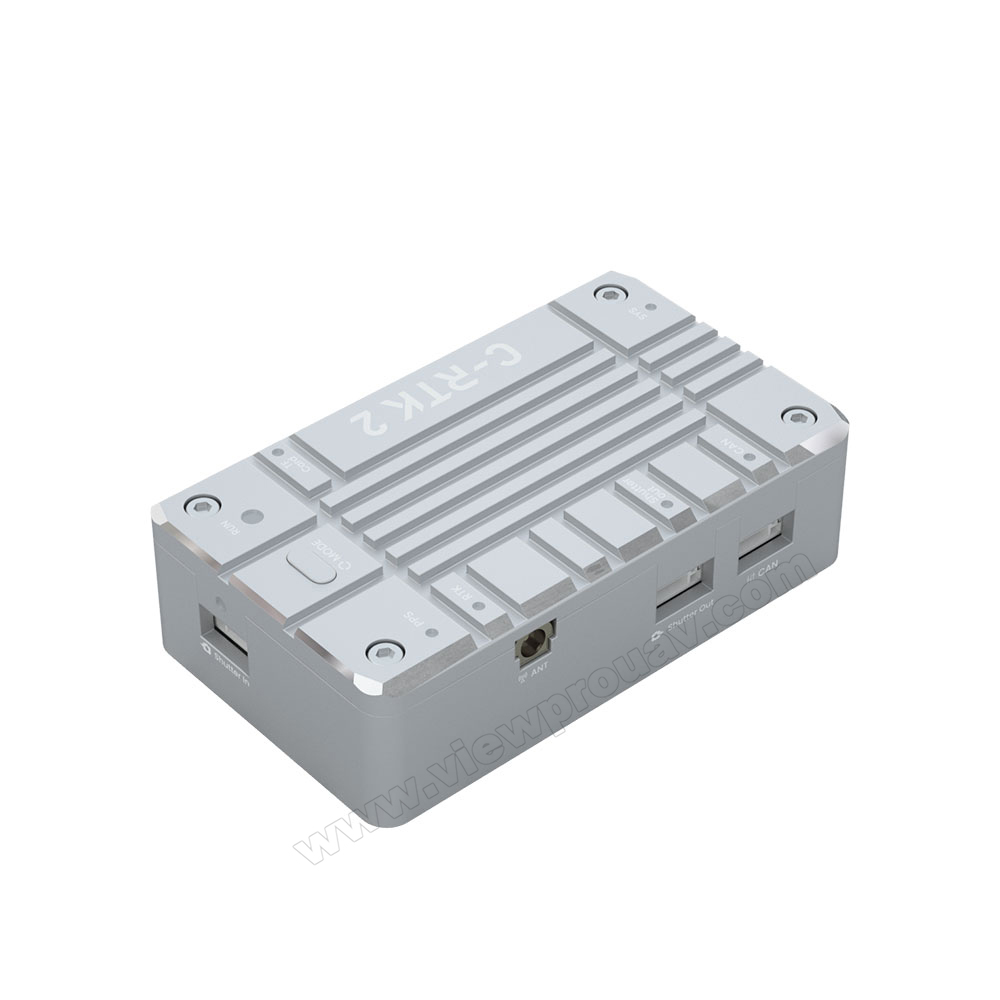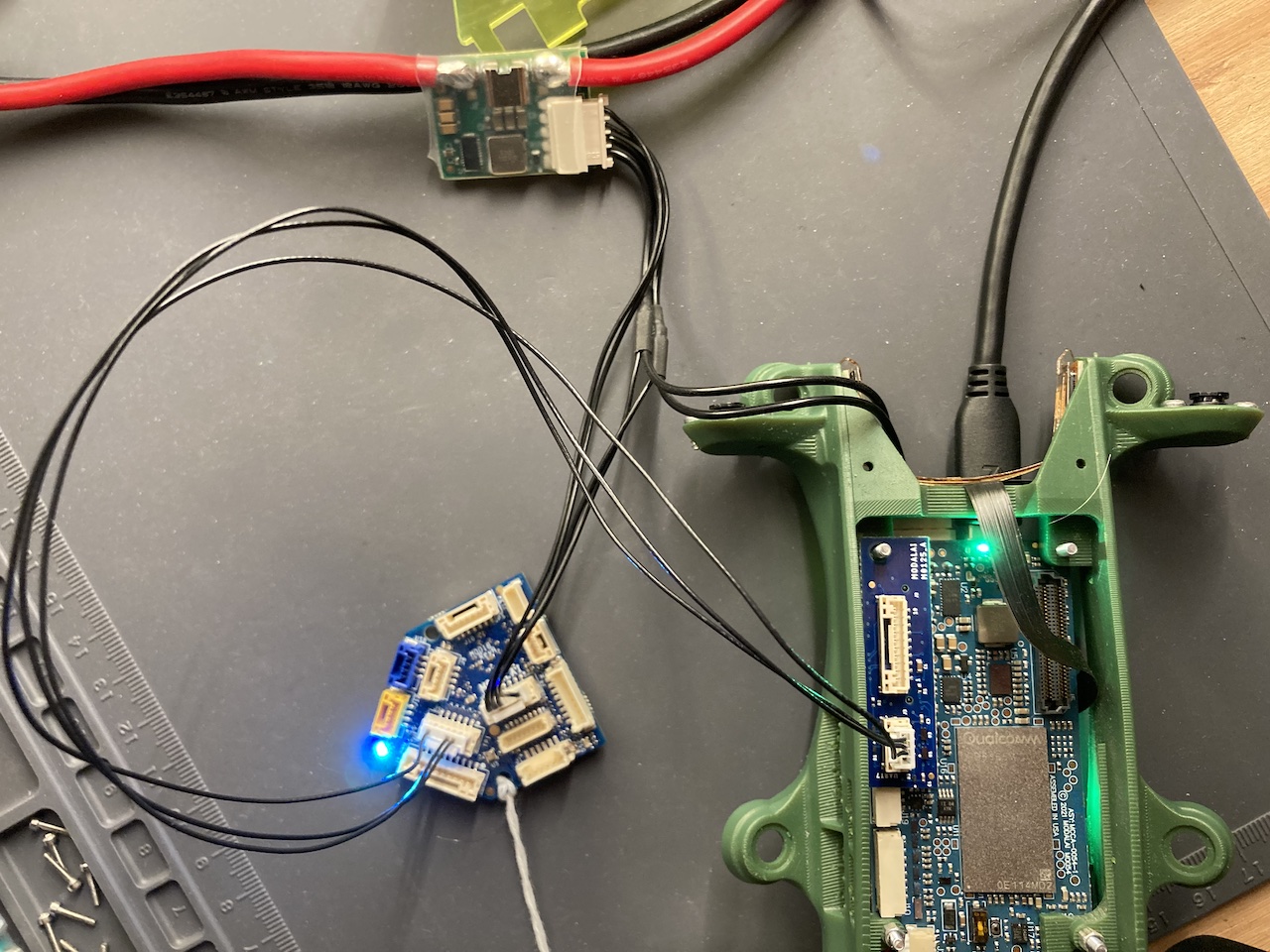SparkNavi Drone Flight Controller and GNSS/INS Made in Taiwan: Precision Navigating for Drones
SparkNavi Drone Flight Controller and GNSS/INS Made in Taiwan: Precision Navigating for Drones
Blog Article
The Value of Drone Trip Controllers in Modern Aerial Modern Technology: Key Elements and Their Influence
In the realm of modern-day aerial technology, drone flight controllers function as the essential systems that manage a drone's performance and abilities. These innovative systems integrate crucial elements such as microcontrollers and GPS components, assisting in security and accuracy in flight procedures. Their duty is especially noticable in autonomous functions, where advanced formulas improve navigating and obstacle avoidance. As industries increasingly rely upon drones for applications varying from farming to security, the developing modern technology within trip controllers increases important questions about their future influence and possible improvements. What innovations lie in advance that could redefine our understanding of drone abilities?

Review of Drone Flight Controllers
In the world of aerial innovation, drone flight controllers act as the important brain of unmanned aerial lorries (UAVs), allowing specific maneuverability and security during flight. These advanced systems incorporate sensing unit data, refining formulas, and control inputs, allowing drones to perform intricate flight patterns with precision.
Drone trip controllers make use of various sensors, such as gyroscopes, accelerometers, and GPS modules, to examine the UAV's positioning and position in real-time. This details is vital for preserving balance and guaranteeing secure procedure in varied environmental problems. The controllers process this data to make instantaneous changes to the drone's motors, allowing for smooth changes and responsive handling.
Furthermore, flight controllers are equipped with innovative software that supports features such as waypoint navigation, obstacle evasion, and autonomous trip capacities. This software application is critical for both leisure and industrial applications, where integrity and precision are extremely important. As drone technology proceeds to breakthrough, the evolution of trip controllers will play a critical duty in boosting UAV security, performance, and adaptability, ultimately expanding their applications throughout various industries.
Trick Elements Explained
Comprehending the fundamental elements of drone flight controllers is crucial for realizing just how these systems run properly. At the heart of a flight controller is the microcontroller, which offers as the brain, refining information from numerous sensing units and performing commands. Vital sensing units consist of accelerometers and gyroscopes, which measure the drone's positioning and movement, offering crucial responses for stabilization.
One more trick component is the barometer, which evaluates elevation by gauging climatic pressure, while GPS components offer positional data, allowing autonomous navigating - SparkNavi drone flight controller and GNSS/INS made in taiwan. The flight controller likewise interfaces with Electronic Rate Controllers (ESCs), which manage the rate of the drone's electric motors based upon the controller's commands
Interaction components, such as radio receivers, help with push-button control input, enabling drivers to send out commands in real-time. Additionally, some flight controllers incorporate software that can take care of complicated formulas for waypoint navigation, trip planning, and telemetry information analysis.
Role in Flight Stability
Central to keeping flight security, drone trip controllers utilize advanced algorithms to process sensing unit data and make real-time adjustments. These controllers are outfitted with a selection of sensing units, consisting of gyroscopes, accelerometers, and barometers, which constantly keep an eye on the drone's speed, altitude, and alignment. By interpreting this data, the flight controller can determine discrepancies from the preferred flight path and respond quickly to keep security.
For example, if a drone experiences an unforeseen gust of wind, the trip controller can quickly readjust the motor rates to counteract the disruption, guaranteeing a steady flight trajectory. This capability is essential not just for manual flight operations yet also for carrying out complicated maneuvers and preserving smooth flight in various environmental problems.
.png)
Furthermore, the advanced formulas used in flight controllers, such as PID (Proportional-Integral-Derivative) control, permit for fine-tuning of the drone's response to adjustments in flight conditions. By optimizing these control parameters, trip controllers can enhance security, boost responsiveness, and reduce pilot workload. Inevitably, the function of trip controllers in making certain trip security is crucial for the secure and effective operation of contemporary drones throughout diverse applications.
Effect On Autonomous Workflow

Independent procedures are particularly important in diverse applications such as security, shipment, and agriculture solutions. With enhanced flight controllers, drones can autonomously browse established routes, effectively gather data, and adapt to vibrant settings. This ability minimizes the demand for constant human oversight, thus increasing operational performance and safety and security.
Furthermore, the implementation of device learning methods within trip controllers allows official site drones to boost their efficiency over time by gaining from previous objectives. This flexibility leads the way for much more innovative autonomous applications, such as throng modern technology, where multiple drones coordinate their activities to attain an usual purpose.
Future Trends in Trip Controllers
Innovations in trip controller modern technology are poised to revolutionize drone capabilities in the coming years. One significant fad is the integration of expert system (AI) and device understanding algorithms, allowing drones to pick up from their atmospheres and make real-time choices. This advancement will certainly improve self-governing navigation, obstacle avoidance, and mission planning, considerably boosting functional performance and safety.
Furthermore, the development of sophisticated sensing unit innovations, such as LiDAR and multispectral imaging, will offer flight controllers with richer data inputs. This will facilitate a lot more sophisticated logical abilities, enabling drones to carry out complex tasks, such as accuracy search, farming and rescue, and infrastructure evaluations with unprecedented accuracy.
An additional emerging fad is the miniaturization of trip controller components, which will lead to lighter and a lot more compact drones. This evolution will expand trip periods and payload abilities, making drones more flexible for different applications.
Final Thought
Finally, drone trip controllers offer as vital components in modern-day airborne innovation, guaranteeing security and accuracy in maneuverability through the integration of microcontrollers, accelerometers, and GPS components. SparkNavi drone flight controller and GNSS/INS made in taiwan. Their capability to make it possible for autonomous operations and adapt to numerous applications highlights their more helpful hints importance throughout several markets. As developments in expert system and sensing unit innovation remain to arise, the capacity for enhanced abilities and enhanced functional performance in drone systems will likely improve the future of aerial applications
Central to preserving trip stability, drone flight controllers use innovative formulas to process sensor information and make real-time modifications. By analyzing this information, the trip controller can recognize deviations from the wanted trip path and respond promptly to keep stability.
Additionally, the advanced algorithms utilized in trip controllers, such as PID (Proportional-Integral-Derivative) control, allow for fine-tuning of the drone's reaction to modifications in trip conditions. Eventually, the role of flight controllers in ensuring trip stability is important for the reliable and safe operation of modern-day drones throughout varied applications.
The advancements in drone trip controllers not just boost trip security yet likewise significantly affect self-governing operations. SparkNavi drone flight controller and GNSS/INS made in taiwan.
Report this page